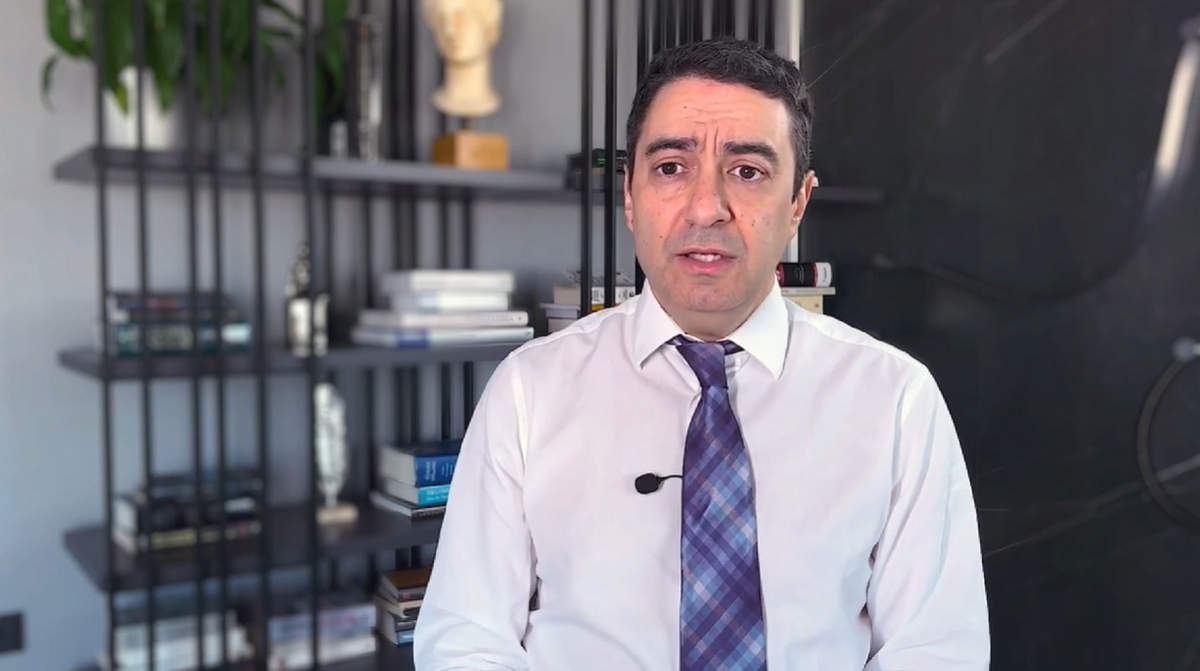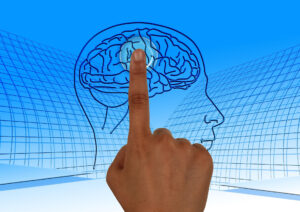Brief anatomy and physiology
The largest part of the brain (cerebral cortex) is divided into 2 main areas, the left and the right hemisphere. Cells from these 2 areas control most of the motor and sensory functions, and consciousness. In particular, there are specific areas that are responsible for functions and senses, such as sight, speech, hearing, behavior, memory, movement, touch, and thought.
The brainstem controls vital functions such as respiration, blood pressure, heart rate, and eye movement. It connects the hemispheres with the other part of the central nervous system (the spinal cord) and it functions as the central circuit of all nervous system functions. If the brainstem is injured by a direct blow to the head and/or pressed by a swelling of the brain (cerebral edema), these vital functions may be disrupted.




